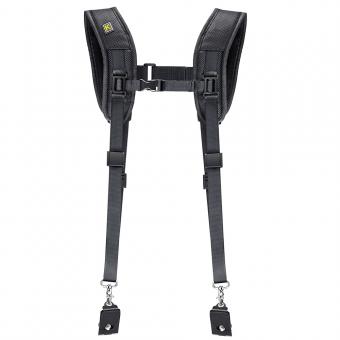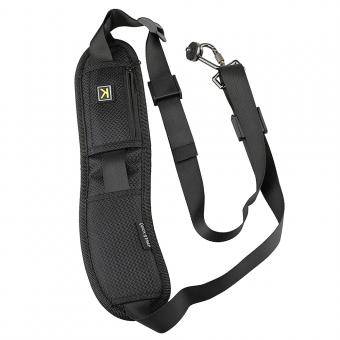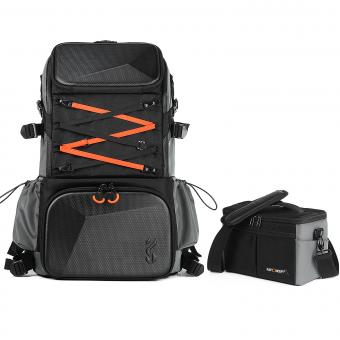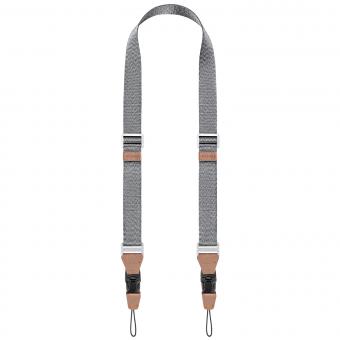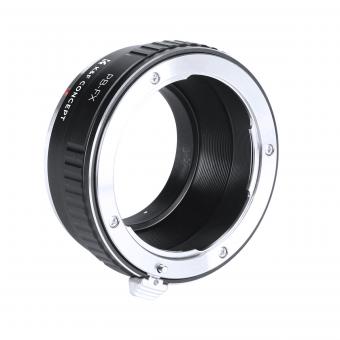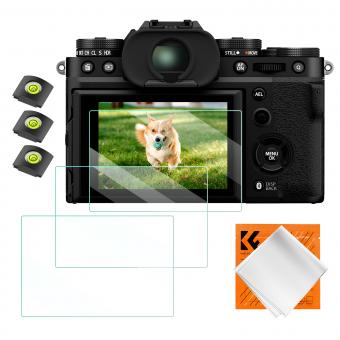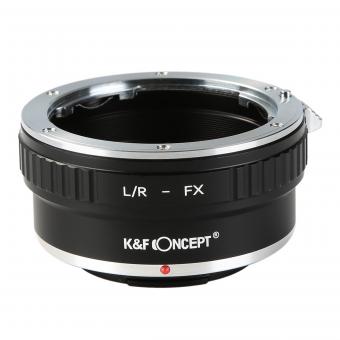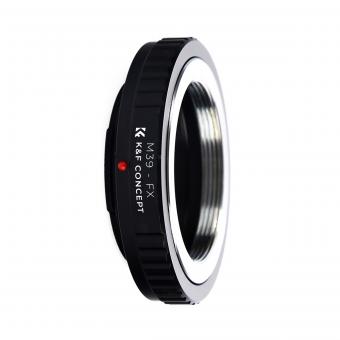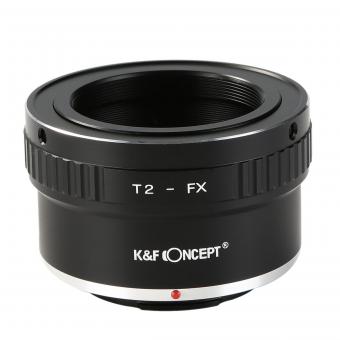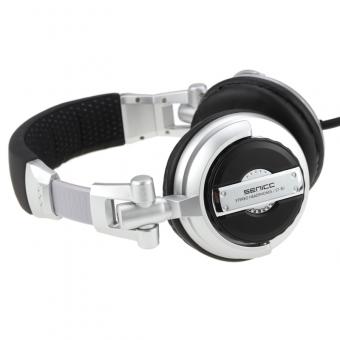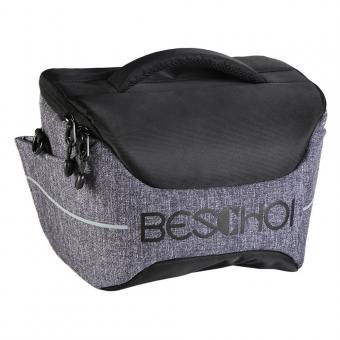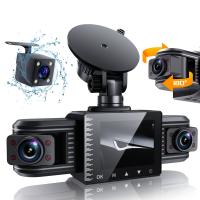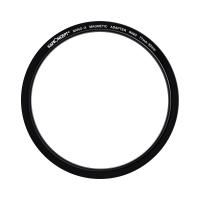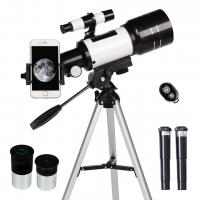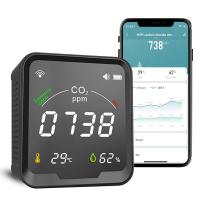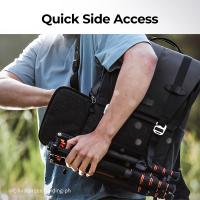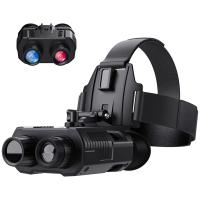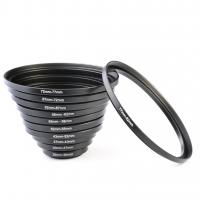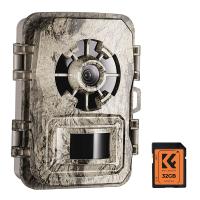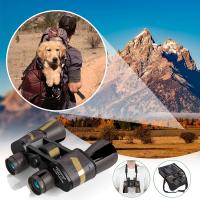How To Attach Float Strap To Fujifilm Camera ?
To attach a float strap to a Fujifilm camera, you will need to locate the camera's strap lugs. These are typically located on either side of the camera body. Once you have located the strap lugs, you can attach the float strap by threading it through the lugs and securing it in place. Some float straps may come with additional attachments or clips that can be used to secure the strap to the camera. It is important to ensure that the float strap is securely attached to the camera to prevent it from falling off or becoming loose while in use. Additionally, it is recommended to test the float strap in a controlled environment, such as a pool or bathtub, before using it in open water to ensure that it is functioning properly.
1、 Locate the camera's strap attachment points.
To attach a float strap to your Fujifilm camera, you will need to locate the camera's strap attachment points. These attachment points are typically located on either side of the camera body, near the top. They may be small metal loops or plastic tabs.
Once you have located the attachment points, you can attach the float strap by threading it through the loops or tabs and securing it in place. Make sure the strap is securely attached and that there is no risk of it coming loose while you are using the camera.
It is important to use a float strap when using your camera near water, as it can help prevent the camera from sinking if it accidentally falls in. This can save you from costly repairs or the loss of your camera.
When choosing a float strap, make sure to select one that is compatible with your Fujifilm camera model. Some float straps are designed specifically for certain camera models, while others are more universal.
Overall, attaching a float strap to your Fujifilm camera is a simple process that can help protect your camera and give you peace of mind while shooting near water.
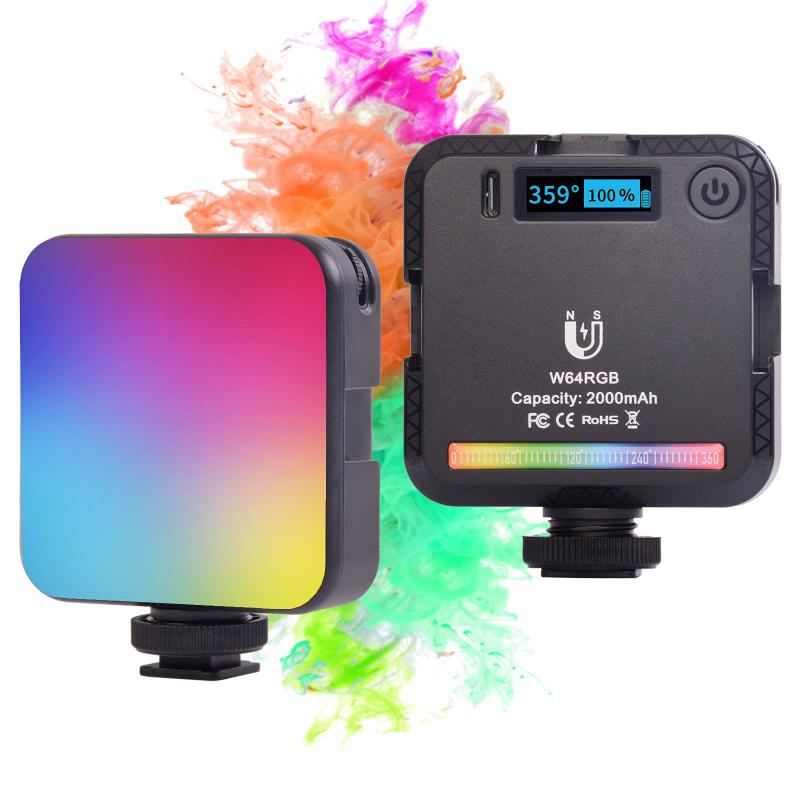
2、 Thread the float strap through the attachment points.
To attach a float strap to your Fujifilm camera, you will need to follow a few simple steps. First, locate the attachment points on your camera. These are usually located on the sides or bottom of the camera body. Once you have located the attachment points, thread the float strap through them. Make sure that the strap is securely attached to the camera and that it is not loose or dangling.
It is important to note that not all cameras have attachment points for float straps. If your camera does not have attachment points, you may need to purchase a separate attachment accessory to attach the float strap.
Float straps are a great accessory to have if you plan on taking your camera near water. They provide an extra layer of protection against accidental drops and can help prevent your camera from sinking if it falls into the water. However, it is important to remember that float straps are not a substitute for proper care and handling of your camera. Always be mindful of your surroundings and take care when using your camera near water.
In conclusion, attaching a float strap to your Fujifilm camera is a simple process that can provide added protection for your camera when near water. Just remember to thread the strap through the attachment points and ensure that it is securely attached to the camera.
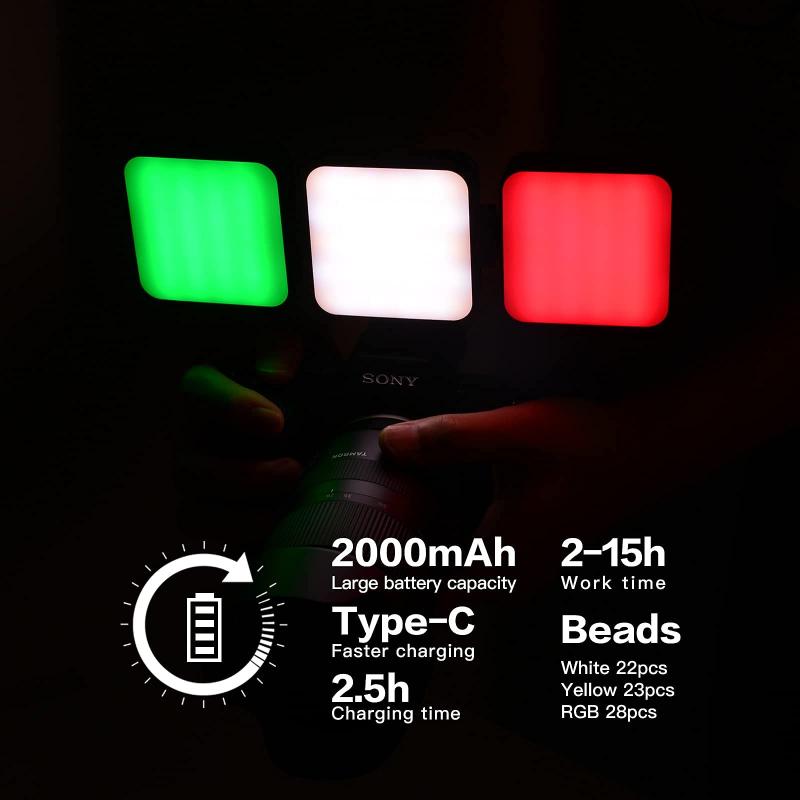
3、 Secure the strap using the provided clip or knot.
To attach a float strap to your Fujifilm camera, you will need to follow a few simple steps. First, you will need to ensure that you have the correct float strap for your camera model. Once you have the correct strap, you can proceed with the following steps:
1. Locate the attachment point on your camera. This is usually a small metal loop or a plastic attachment point on the side of the camera.
2. Thread the strap through the attachment point. Make sure that the strap is securely threaded through the attachment point and that it is not twisted or tangled.
3. Secure the strap using the provided clip or knot. Some float straps come with a small plastic clip that can be used to secure the strap to the camera. Others may require you to tie a knot in the strap to keep it in place.
4. Test the float strap. Once the strap is securely attached to your camera, you should test it to make sure that it is working properly. Hold the camera over a sink or bathtub and gently release it to see if the float strap keeps it afloat.
It is important to note that float straps are not foolproof and should not be relied upon as the sole means of protecting your camera from water damage. It is still important to exercise caution when using your camera near water and to take additional measures to protect it, such as using a waterproof case or bag.
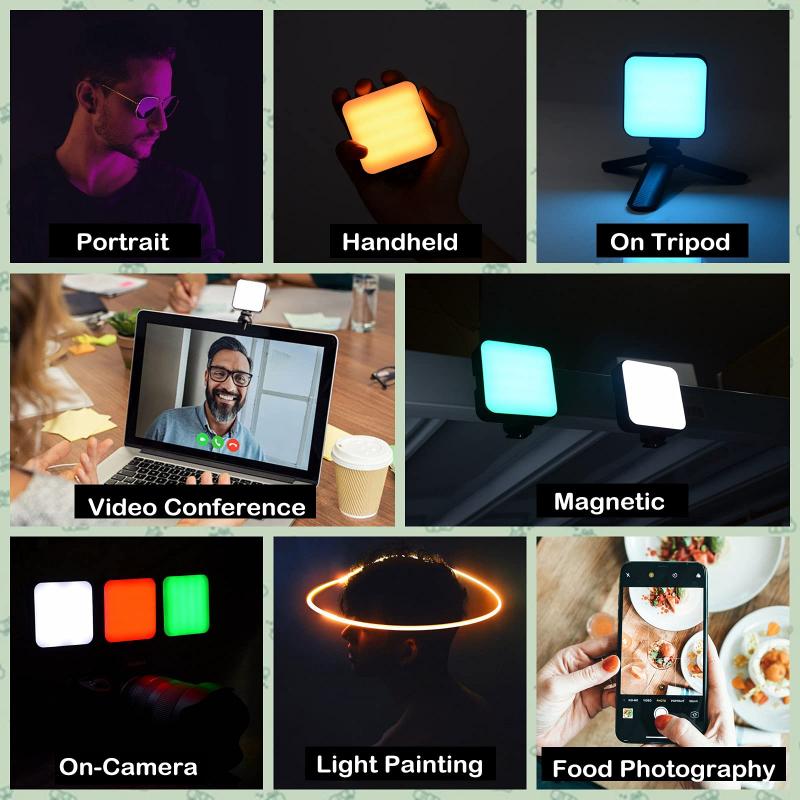
4、 Adjust the length of the strap to your preference.
To attach a float strap to your Fujifilm camera, you will need to follow a few simple steps. First, locate the attachment point on your camera. This is usually a small metal loop or ring located on the side or bottom of the camera body. Once you have located the attachment point, you can begin attaching the float strap.
To attach the float strap, simply thread the strap through the attachment point and adjust the length of the strap to your preference. You can do this by pulling on the strap to tighten it or loosening it as needed. Once you have adjusted the length of the strap, you can secure it in place by tying a knot or using a clip or buckle.
It is important to ensure that the float strap is securely attached to your camera before using it in water. This will help prevent your camera from sinking or getting lost if it accidentally falls into the water.
In recent years, float straps have become increasingly popular among photographers who enjoy water sports or underwater photography. They provide an added layer of protection for your camera and can help you capture stunning photos and videos in even the most challenging environments.
Overall, attaching a float strap to your Fujifilm camera is a simple and straightforward process that can help you protect your camera and capture amazing photos and videos in any setting.


